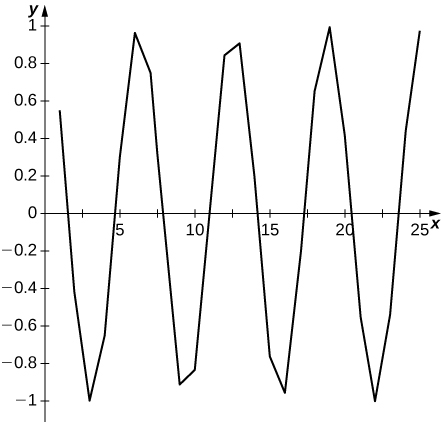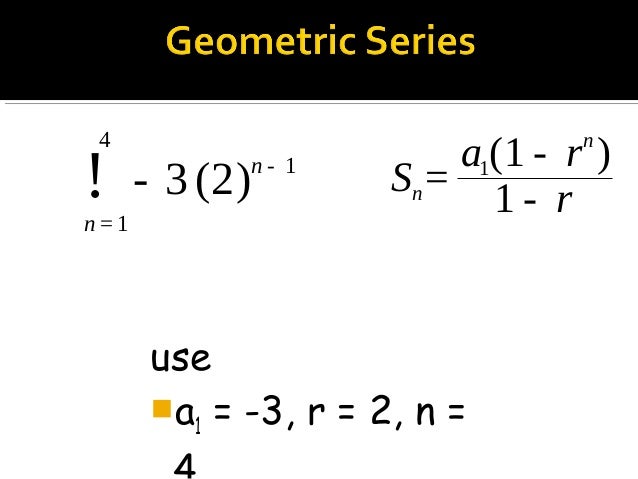

Factoring and simplifying rational expressions.Rationalizing: This means taking the radical or imaginary number out of part of a fraction by multiplying by a fancy version of 1.Pythagorean theorem: Explains the relationship between two sides a and b of a right triangle and the hypotenuse, c.But these aren’t all the formulas and rules you need to know, so we recommend reviewing our previous articles if you get stuck. Here’s a quick algebra and trig cheat sheet below with the most important concepts. This means it’s vital to remember these subjects in order to do well in calculus! A calculus problem is typically 90% algebra and/or trig. Like we said earlier, you have to review your algebra and trigonometry. Understand the conceptual meaning behind a limit. So don’t breeze over limits thinking you won’t ever see them again. Derivatives, integrals, series, and everything after all depend on limits! Just remember to focus on one thing at a time, all the while keeping in mind that everything you learn is based on the previous topic.Īnd the very first thing is limits because it’s the foundation of calculus. It’s like learning to walk by taking one step at a time before you start to run and jump. Cool thing is that there’s actually a reason for this. You learn calculus concepts in a very specific order: limits, derivatives, integrals, series, higher dimensions, etc. If you don’t know these definitions, you won’t have any idea what you’re being asked.

This means that one problem can be phrased in 10 different ways. In this subject, you learn about things called limits, derivatives, and integrals, each of which has a very conceptual definition. This is especially important in calculus. This includes key concepts from algebra and trig that you’ll need to know as well as tips specific to calculus.Īs with any math class, and you’ve heard us say this many times already, but you’re going to hear it again: KNOW THE DEFINITIONS. So today we’re going to simplify calculus a bit. That way, when you do get to subjects such as calculus, you have a foundation to build on! This is why we stress the importance of reviewing past math classes and truly understanding the material while you’re in the class. It’s with the foundational algebra and trigonometry concepts that are applied in calculus. It’s a word that strikes fear in many students.īut one of the main struggles students have isn’t with calculus itself.
#DIFFERENT WAYS OF SOLVING SEQUENCES CALCULUS SERIES#
8.8: Taylor Series The difference between a Taylor polynomial and a Taylor series is the former is a polynomial, containing only a finite number of terms, whereas the latter is a series, a summation of an infinite set of terms.8.7: Taylor Polynomials A Taylor polynomial is a representation of a function as an infinite sum of terms that are calculated from the values of the function's derivatives at a single point.We start this new approach to series with a definition.

Given a value of x, we evaluate f(x) by finding the sum of a particular series that depends on x (assuming the series converges).

We start with a very specific form of series, where the terms of the summation alternate between being positive and negative. 8.5: Alternating Series and Absolute Convergence In this section we explore series whose summation includes negative terms.This section introduces the Ratio and Root Tests, which determine convergence by analyzing the terms of a series to see if they approach 0 "fast enough.'' 8.4: Ratio and Root Tests The comparison tests of the previous section determine convergence by comparing terms of a series to terms of another series whose convergence is known.8.3: Integral and Comparison Tests There are many important series whose convergence cannot be determined by these theorems, though, so we introduce a set of tests that allow us to handle a broad range of series including the Integral and Comparison Tests.Most series that we encounter are not one of these types, but we are still interested in knowing whether or not they converge. 8.2: Infinite Series This section introduces us to series and defined a few special types of series whose convergence properties are well known: we know when a p-series or a geometric series converges or diverges.In mathematics, we use the word sequence to refer to an ordered set of numbers, i.e., a set of numbers that "occur one after the other.'' For instance, the numbers 2, 4, 6, 8. 8.1: Sequences We commonly refer to a set of events that occur one after the other as a sequence of events.


 0 kommentar(er)
0 kommentar(er)
